How to Check Your LTO Transactions Online
The Land Transportation Office (LTO) has created the Land Transport Management System (LTMS) portal for easy online access to its services. This portal allows you to quickly check your LTO transaction records, such as vehicle registration and driver’s license status, making it convenient to stay informed about your compliance with regulations.
To check your transactions, visit the official LTO website and navigate to the Online Services section. Select the type of transaction you want to check, enter the required information like your license plate or driver’s license number, and submit your inquiry. The system will display your transaction status, which can be active, expired, or pending.
If you encounter issues, ensure you’re on the official site like ”How to Check Your LTO Transactions Online” , double-check your information, and consider contacting LTO support if needed. Besides transaction checks, the LTMS portal also allows you to book appointments and make payments online, enhancing your overall experience with the LTO.
How to Use the LTMS Portal
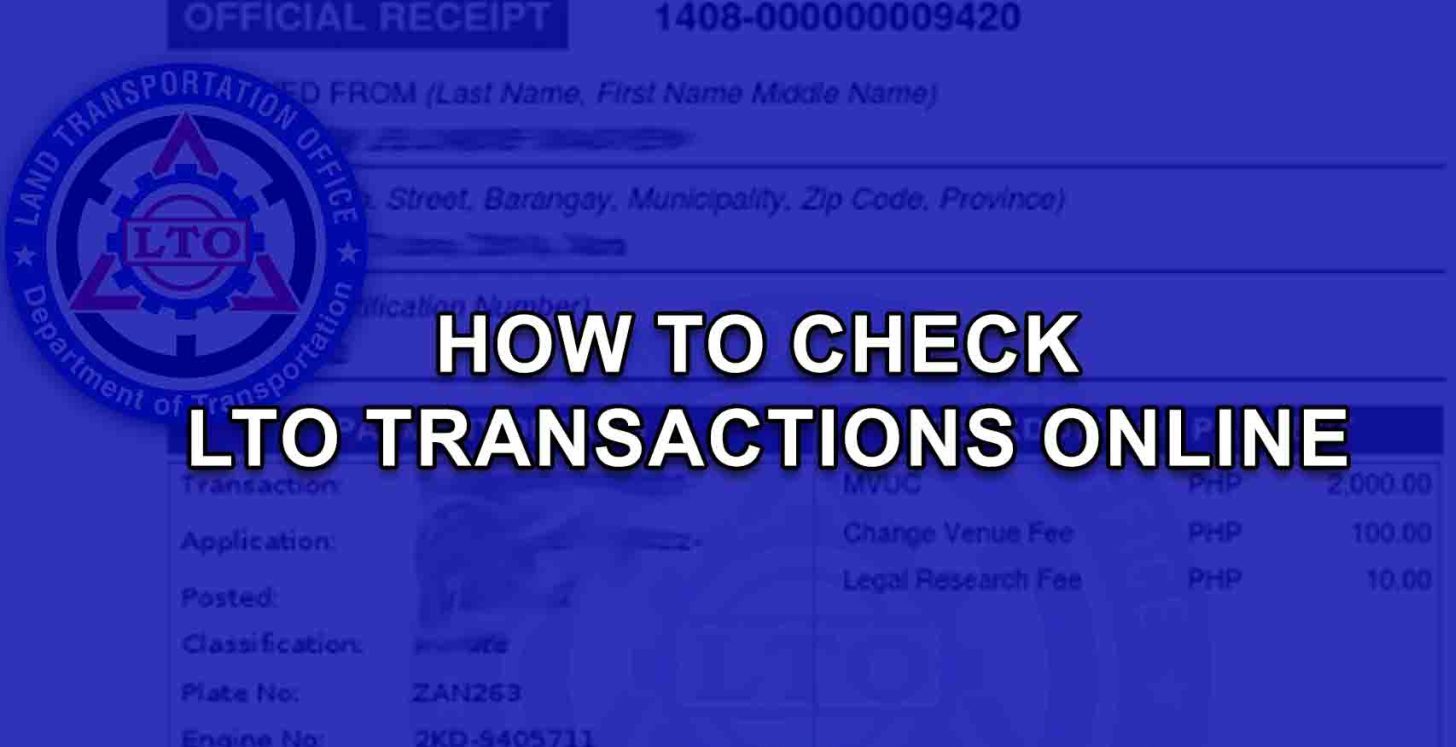
To check your LTO transactions online, follow these easy steps:
- Visit the LTO Website: Go to the official LTO website and find the LTMS portal link.
- Access Online Services: Navigate to the “Online Services” section to find options for checking transactions.
- Select Transaction Type: Choose what you want to check, such as vehicle registration or driver’s license status.
- Enter Your Information: Fill in the required details like your license plate number or driver’s license number accurately.
- Submit Your Inquiry: Click the submit button and wait for your transaction status to load.
Review the Results: Check the status displayed. It may indicate if your transaction is active, expired, or pending.
Benefits of Checking Your LTO Transactions Online
-
- Transparency: Clear visibility of transaction details.
- Efficiency: Quick access to services without long wait times.
- Empowerment: Control over your transaction history and statuses.
- User-Friendly Interface: Intuitive design that is easy to navigate.
- Tech Accessibility: Suitable for all levels of tech-savviness.
- Comprehensive History: View all past transactions in one place.
- Real-Time Updates: Instant notifications on transaction statuses and progress.
This is box title
Convenient Access: Available 24/7, allowing you to check transactions anytime, anywhere.
Requirements for Checking Your LTO Transactions Online
- Stable Internet Connection: Ensure you have a reliable internet connection for smooth access.
- Compatible Device: Use a computer, laptop, tablet, or smartphone to connect to the internet.
- Compatible Web Browser: Access the portal using browsers like Google Chrome, Mozilla Firefox, or Safari.
- Registered LTMS Account: Make sure you have an account set up on the LTMS portal.
- Login Credentials: Have your email address or LTO Client ID and password ready for logging in.
- Transaction Reference Number: Keep this handy if you need to check specific transactions.
By meeting these requirements, you’ll be prepared to check your LTO transactions efficiently and effectively through the LTMS portal.
Step-by-Step Guide in Checking Your LTO Transactions Online
- Access the LTMS Portal
- Ensure you have a stable internet connection and a web browser.
- Type “LTMS LTO” in your search engine or visit the official LTMS portal website directly.
- Sign In
- Enter your registered credentials, including your email address or LTO Client Number and password.
- Click the “Sign In” button.
- If you haven’t registered, click the “Register” button and follow the prompts to create an account.
- Navigate to Transactions
- After signing in, go to your account dashboard.
- Locate and click on the “Transactions” icon.
- View Transaction History
- Click the “Transactions” tab to access your complete transaction history.
- This will display a list of all your past and current transactions, categorized by type and status.
- Review Details
- Check both open and closed transactions.
- Each entry will typically show the transaction date, type, status, and any relevant remarks.
- Take Action (if needed)
- Depending on the status, you may need to provide additional documentation, settle violations, or follow up with the LTO.
- If there are discrepancies, use the provided contact information for assistance.
The LTMS portal offers a convenient, secure, and transparent way to manage your LTO transactions, enhancing your experience as a vehicle owner or driver.
Important Reminders
- Access the Official Portal: Always visit the LTMS portal through the official website for security and authenticity.
- Avoid Suspicious Links: Do not click on unfamiliar links or access the portal from unofficial sources.
- Secure Connection: Log in to your account using a secure internet connection; avoid public Wi-Fi networks to protect your credentials.
- Safeguard Your Credentials: Keep your LTO Client ID and password secure, and use strong, unique passwords.
- Review Transaction Details: Carefully check transaction information for accuracy, including dates, types, and statuses.
- Be Cautious of Phishing: Watch out for phishing attempts that impersonate the LTMS portal. The LTO will never request your login information via email or unsolicited messages.
- Report Suspicious Activity: Immediately report any unauthorized access or unusual transactions to the LTO.
- Update Contact Information: Ensure your contact details are current on the Logging into LTMS portal for timely notifications about your transactions.
Familiarize with Policies: Read the terms of service, privacy policy, and user guidelines to make the most of the portal’s features.
FAQs
- What is the LTMS portal?
The LTMS portal is an online platform created by the Land Transportation Office (LTO) that allows users to access and manage their vehicle and driver-related transactions conveniently.
- Do I need to register to use the LTMS portal?
Yes, you must create an LTMS account to access your transactions. Registration is straightforward and can be done directly on the portal.
- What information do I need to check my transactions?
You typically need your LTO Client ID or registered email address and password. A transaction reference number may also be required for specific inquiries.
- Is the LTMS portal secure?
Yes, the portal is designed with security in mind. However, it’s essential to access it through the official website and use secure connections.
- What if I forget my password?
You can reset your password by following the “Forgot Password” link on the login page. You will receive instructions via your registered email.
- Can I check my transaction history on mobile devices?
Yes, the LTMS portal is accessible on both desktop and mobile devices, allowing you to check your transactions anytime, anywhere.
- How can I report suspicious activity?
If you notice unauthorized access or unusual transactions, report it immediately to the LTO through their official contact channels.
Summary
Checking your LTO transactions online through the LTMS portal is a simple and convenient process. By following the step-by-step guide, you can easily access and review your transaction records anytime, anywhere. Whether you’re monitoring vehicle registration, license renewals, or other LTO-related activities, the LTMS portal puts essential information at your fingertips, ensuring compliance and peace of mind. Take advantage of this convenience today and stay informed about your interactions with the LTO!
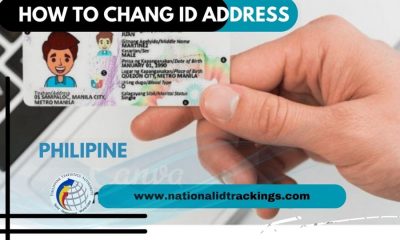
 Uncategorized12 months ago
Uncategorized12 months ago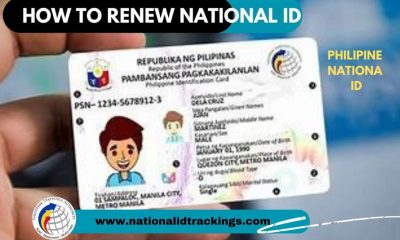
 Uncategorized11 months ago
Uncategorized11 months ago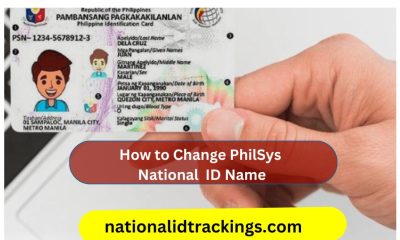
 Uncategorized11 months ago
Uncategorized11 months ago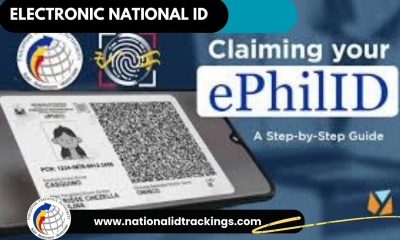
 Uncategorized12 months ago
Uncategorized12 months ago
 Uncategorized11 months ago
Uncategorized11 months ago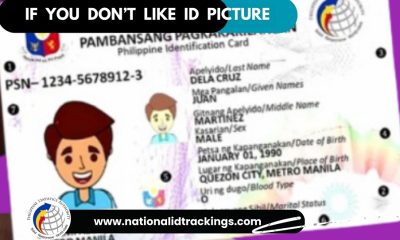
 Uncategorized12 months ago
Uncategorized12 months ago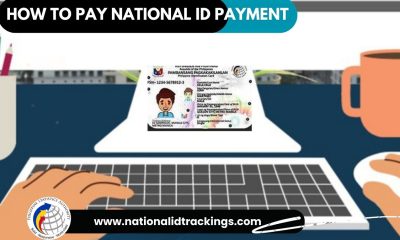
 Uncategorized11 months ago
Uncategorized11 months ago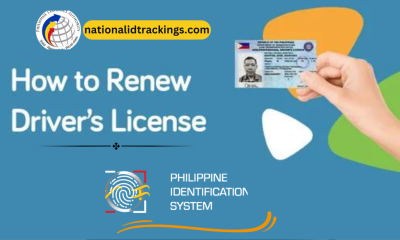
 Uncategorized11 months ago
Uncategorized11 months ago
 Uncategorized11 months ago
Uncategorized11 months ago
 Uncategorized9 months ago
Uncategorized9 months ago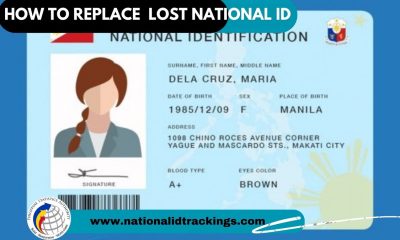
 Uncategorized11 months ago
Uncategorized11 months ago
 Uncategorized9 months ago
Uncategorized9 months ago
-Feb-07-2024-03-07-18-5160-AM.png?width=600&height=400&name=Pics%20for%20blog%20-%20600x400%20(1)-Feb-07-2024-03-07-18-5160-AM.png)